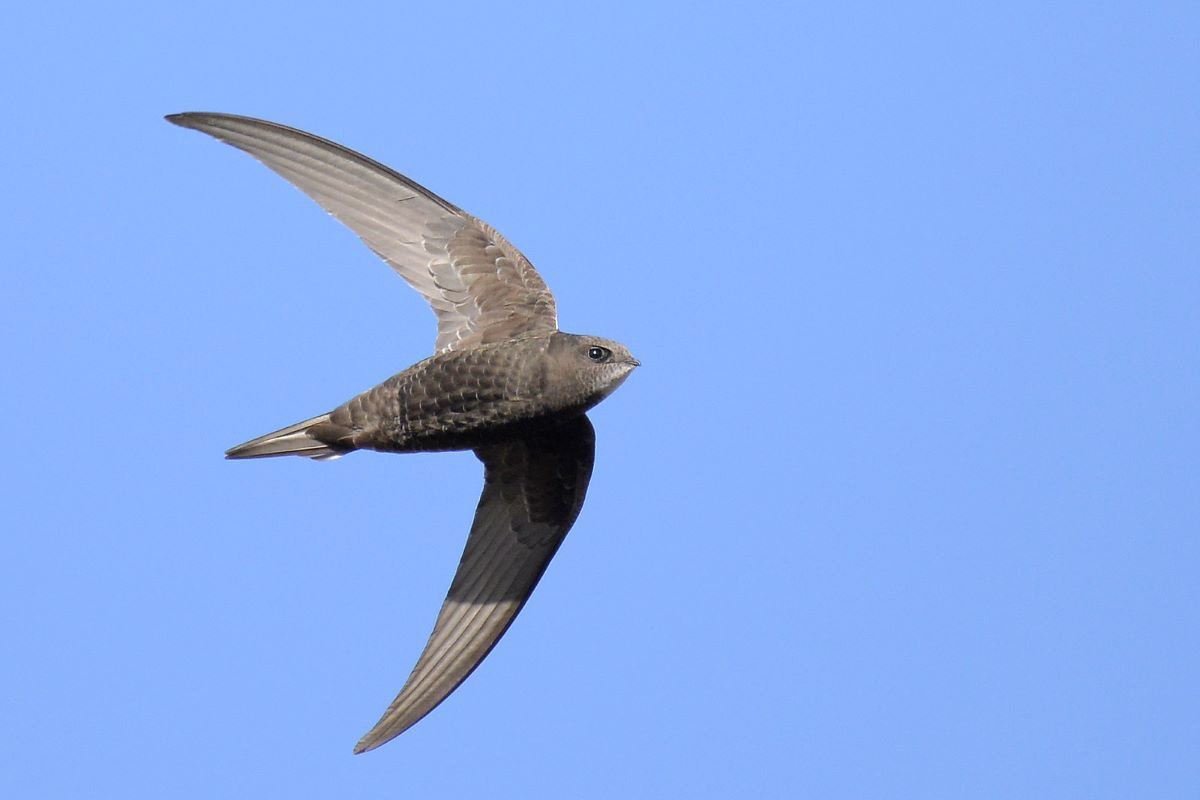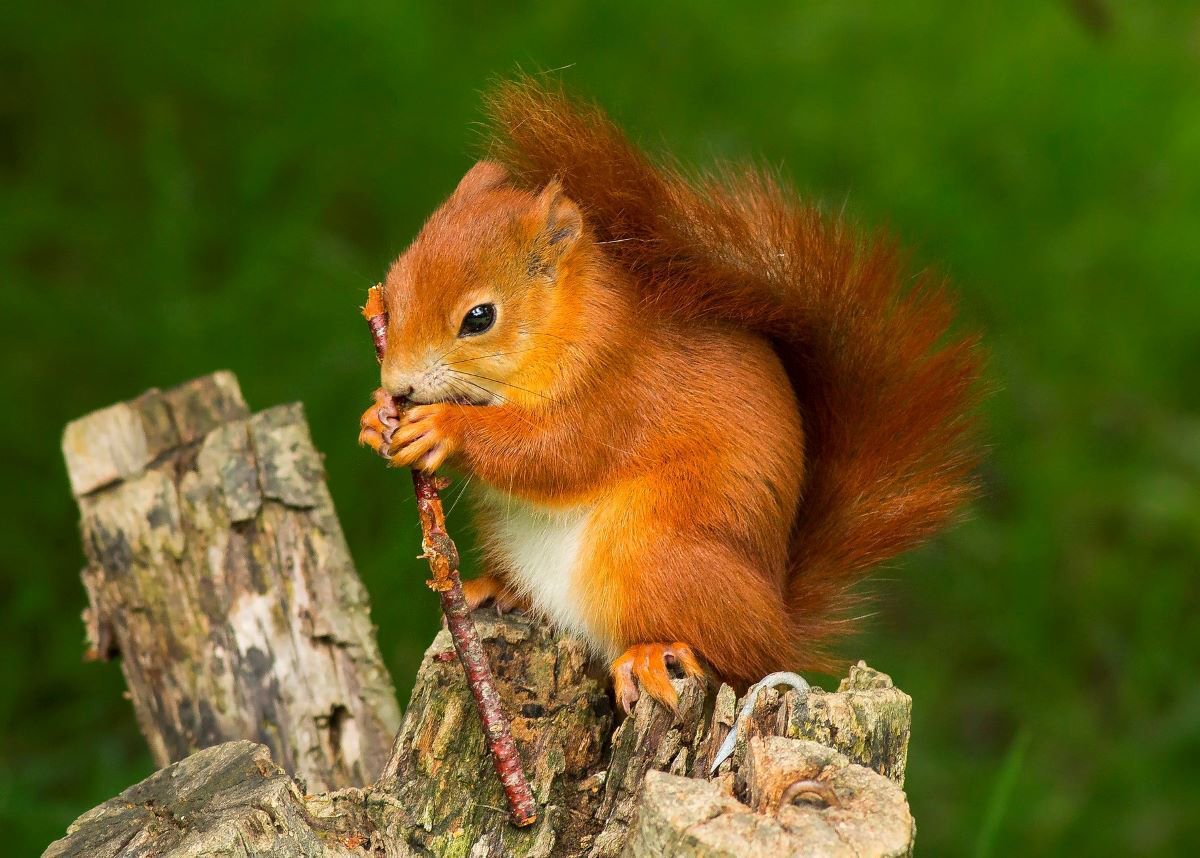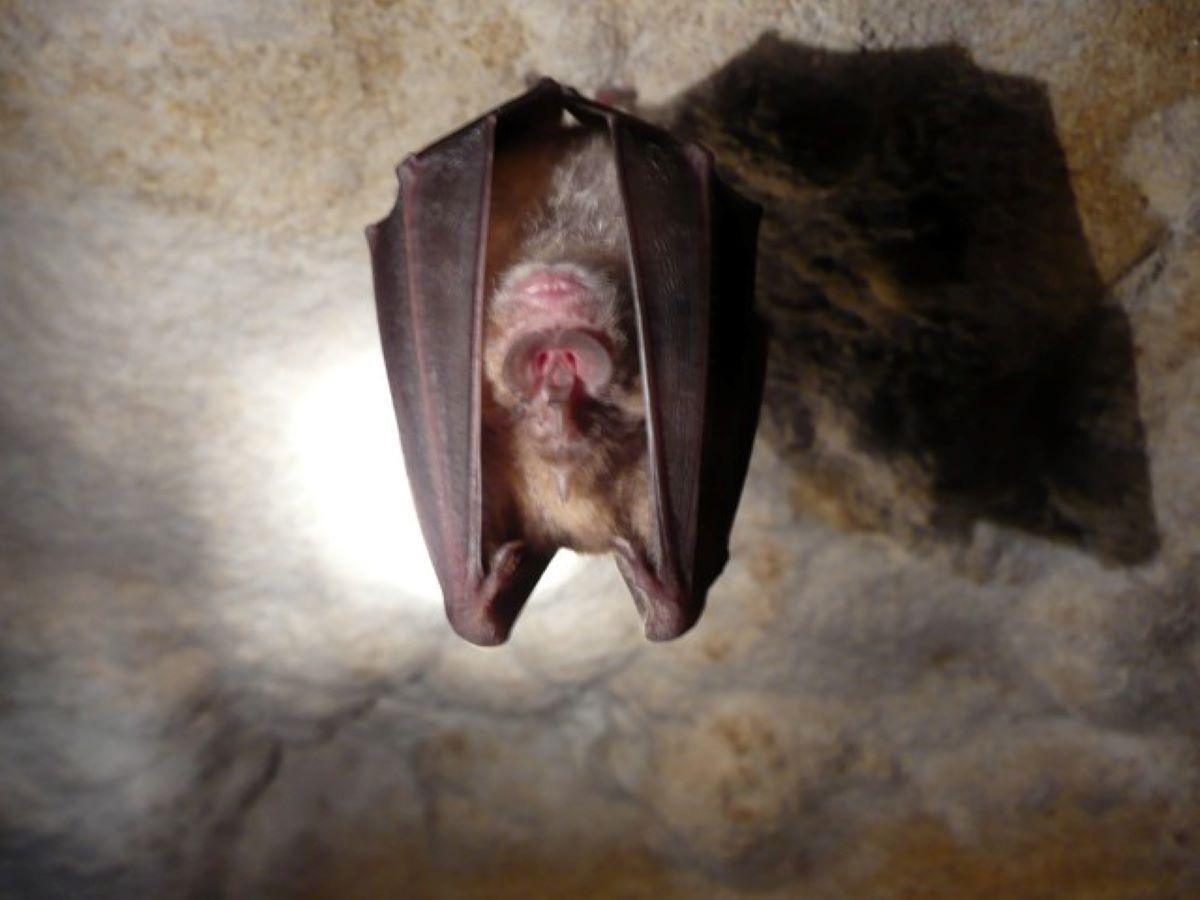
“The UK has ‘led the world’ in destroying the natural environment”
The International Union for Conservation of Nature (IUCN) produces a ‘Red List’ of threatened species. Of 8341 UK species assessed under IUCN criteria, 41 per cent have declined since the 1970s and 15 per cent are threatened with extinction; 133 are already extinct.
Those are pretty shocking statistics, aren’t they? Intensive agriculture, loss or degradation of habitat, invasive ‘alien’ species, climate change, pollution… all these factors, and more, have brought this country to the very bottom of the ranking of G7 countries for biodiversity. And that’s not all. The UK is in the bottom 10 per cent of all countries globally. We live in the most nature-depleted country in Europe.

If you care about the natural environment this can be very depressing. I remember chalk hill downlands full of flowers and insects; now they seem barren places – they have gradually been overgrazed, sprayed off with herbicides or pesticides, or even ploughed up. The dawn chorus – when wild birds wake and begin singing or calling to advertise for mates, to claim or defend territory, or just, it would seem, for the sheer joy of singing – used to be very loud in the spring and early summer: no more. Creatures like hedgehogs and ‘common’ toads are becoming scarce: since the 1950s, hedgehog numbers have declined by 95 per cent and toads by 68 per cent. Insects are in real trouble: many species of bees, butterflies and other ‘pollinators’ are becoming difficult to find. And every summer there are fewer and fewer migrant birds like swallows and swifts arriving on these shores.
It can be depressing.
But there are things being done to try to slow the decline, and places where nature is being allowed to recover, to do much more of its own thing. Perhaps most cheeringly, given the chance, nature begins to reassert itself in a remarkably short time.
The RSPB (Royal Society for the Protection of Birds) owns Hope Farm in Cambridgeshire, and runs it, basically, for wildlife, to see whether more environmentally-sustainable practices make business sense, and whether they work. They do. The farm is profitable and the 2019 review shows that since the first surveys were carried out, the number of birds there has increased by 226 per cent and butterflies by an almost unbelievable 409 per cent, with similar increases in the number of bumblebees compared with a nearby ‘control’ farm.
Near Horsham in West Sussex the Knepp Wildland Project, (described in Wilding by Isabella Tree) has seen a rapid increase in the number of – literally – vanishingly-rare birds like nightingales and turtle doves (whose numbers have crashed by 98 per cent since the 1950s), and many other species. This is a huge scheme, covering 3,500 acres which were once farmed intensively but not very profitably despite much effort and investment; now, although the project has met resistance to the notion of ‘abandoning’ agricultural land, Knepp is showing how allowing nature to regain control of the environment can be compatible with producing food.
Conservation work in our own region – amongst hundreds of initiatives – has included Devon Wildlife Trust’s five-year Greater Horseshoe Bat project, funding the recreation or restoration of 112 hectares (ha) of species-rich grassland, to provide forage for the insects on which these rare bats feed (Britain has lost 97 per cent of its flower-rich meadows since the 1930s).

Photo by Marie Jullion, CC BY-SA 3.0, via Wikimedia Commons
In Cornwall, Operation Chough enabled the county’s iconic bird to regain its foothold around the coasts after the combined work of many volunteers and wildlife organisations allowed a ‘visiting’ pair of birds to breed without disturbance in 2002; the numbers have steadily increased since then. In Somerset, the Avalon Marshes partnership has overseen the restoration of worked-out peat land on the ‘Somerset Levels’ which now hosts an astonishing diversity of flora and fauna, and includes nature reserves of internationally-recognised importance. A recent highlight has been the return to the region, through a managed scheme, of cranes, which were once indigenous to Britain but disappeared, through hunting and habitat loss, several hundred years ago.

And in a new scheme, after an absence of 400 years there are beavers again in Dorset where the Wildlife Trust has recently re-introduced them to study how their dams improve biodiversity, as well as having other beneficial effects such as helping to reduce flooding.
Conservation projects are not just land-based; for example, in Plymouth Sound National Marine Park, (the country’s first), a partnership project to re-seed the sea bed with seagrass was completed in April; seagrass provides shelter for creatures such as endangered seahorses and young fish, and is also known to capture and store significant quantities of CO₂. And most of us will have heard of Marine Conservation Zones (MCZs), which are slowly being expanded because they have been found to lead to a rise in the number of fish and other sea creatures not just within the designated area, but outside it, too.
These are all much bigger projects than most of us could achieve as individuals, but there are things nearly all of us can do to help wildlife, both at close quarters and more distantly.
For example, if we have a garden, we can:
- stop using chemicals to kill ‘pests’ or weeds (“Stop spraying dandelions”): they harm many beneficial insects and other fauna, and the residues build up in the food chain;
- join Plantlife’s “No-mow May” campaign and stop mowing our lawns – even temporarily: the daisies, clover and buttercups will provide valuable forage for insects, which in turn will help feed birds and bats;
- stop cutting hedges during the bird-nesting season (February to August)
- stop buying potting compost containing peat, to help preserve our few remaining peatlands, which are both valuable wildlife habitats and excellent carbon ‘sinks’;
- try to reduce the amount of plastic we buy or use, most of which is not recycled but goes to landfill;
- conserve water, by collecting rainwater, re-using ‘grey’ water from dishwashing etc, by watering plants more efficiently and choosing more drought-tolerant plants;
- plant trees, to help absorb CO₂ and to provide habitat and food for insects and birds;
- grow more wildlife-friendly plants, to provide insects with food, egg-laying places and shelter; and
- offer food, water and shelter for insects, birds and other animals, including the fast-declining hedgehog (see “Welcoming prickly visitors” for tips and advice).
This list is partly of things we should stop doing, but also includes positive things we should start doing. If you are not already doing so, please feed the birds! At this time of year (May), they will be exhausted trying to keep chicks fed, so we can help take the pressure off, especially as the recent cold, dry weather has affected their wild food supplies. (Please don’t put loose, whole peanuts out – they can choke baby birds – but offer them in a purpose-made holder; and remember to take the nets off fat balls too.)
There has been an alarming decline in the abundance of nearly all wild birds, and there has been a progressive and obvious fall in the number of swallows, martins and swifts arriving in the UK every spring. This year is no exception and the very cold April weather has made things worse, partly because it means fewer insects. These species only eat insects and small spiders which they catch in the air, but it’s still possible to help them if we provide food for their preyinstead. Choosing plants which will offer insect food or habitat, and growing them sustainably, will help slow the decline not only in insects, but in birds, bats and other species; they are all interdependent.
Please provide some water. If you can rise to a pond, that is said to be the best thing to attract wildlife, which arrives all on its own as if by some mysterious, magical process. You don’t need to beg ‘spare’ frogspawn from a friend! (By the way, fish and wildlife don’t mix: goldfish will eat tadpoles.) If you can’t offer a pond, it is still possible to provide some water for wildlife; a large container with a water plant or two with stems that rise above the water will almost certainly attract dragonflies to lay eggs and hatch.

Even a large, shallow dish, if it’s kept clean, will offer a welcome drink or bathing place for birds and if it’s on the ground other animals can access it, too. One hot summer day I even found a frog cooling down in an old dish full of water I’d put out – being ‘pondless’ at the time – for the birds.
Many garden-owners are already doing these things, and every small contribution will help (and will make you feel better and more optimistic); but nature needs more, concerted action. It’s estimated that all the gardens in the UK, put together, cover over 10m acres: a land area greater than all the nature reserves combined. It was only relatively recently that it was realised wildlife needs areas of habitat or forage to be joined up: discrete patches are of limited value. Imagine what an improvement could be brought about if all the gardens in one street were made ‘wildlife-friendly’, and if that one area could gradually be expanded to cover a whole village or suburb. So please try to encourage your neighbours to help nature, too.
Every county in our area has its own Wildlife Trust and I’d urge you to join; there are a lot of facts and tips if, for example, you want to know which garden plants are good for wildlife. There’s also the Woodland Trust, Plantlife, Buglife, Butterfly Conservation, the Mammal Society, the RSPB, the British Hedgehog Preservation Society; the Sea Life Trust, Surfers Against Sewage … the list is endless and offers infinite resources of information and advice.
There are actually many positive things we can all do – even if only on a small scale – to help the natural world around us. Please join in.




